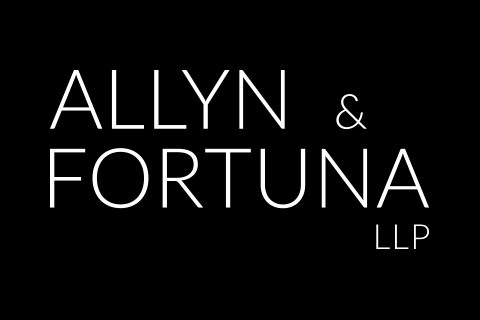Consumer Class Action Settlements Increasing
Diana Uhimov, September 3, 2014.
Class-action lawsuits can be a powerful tool for employees and consumers against major corporations, as proven by the massive $7.25 billion Visa and MasterCard antitrust settlement of 2012. A consumer class action is a case where plaintiffs who purchased a product or service from a defendant claim that they suffered damages as a result of fraud, product defect, or other information failure. The class of plaintiffs in the Visa/MasterCard suit consisted of retailers and individuals alleging the credit-card companies engaged in anticompetitive activity by fixing debit and credit card fees. Over the past four years, consumer class action settlements have been on the rise, despite the U.S. Supreme Court decision in Wal-Mart v. Dukes in 2011, which dealt a huge blow to plaintiffs seeking to certify employment discrimination class actions, as well as consumer, antitrust and other class actions.
A report by NERA Economic Consulting analyzed 321 of the 479 consumer class action settlements reached between 2010 and 2013. In 2010, 66 settlements were identified, with the number increasing to 161 by 2013. The settlements were linked to a variety of allegations, from consumer fraud and antitrust-related claims such as price fixing, to false advertising, as well as product liability claims. These allegations were made in connection with causes of action against a wide range of industries including, banking and finance, cosmetics, pharmaceuticals, business services, and food products.
Violation of privacy is one of the fastest growing consumer claims. All industries risk facing these types of suits since everyone has electronic data that could be breached, not just technology companies. Privacy cases are based on two categories of allegations: spam or unwanted phone calls or text messages, and improper handling of personal information. It is likely that the privacy class action category will continue its trending expansion.
Notwithstanding the rise in consumer class action settlements, the future of mass-consumer class actions was called into question by the landmark decision in Dukes, which involved a class of 1.5 million female plaintiffs. The plaintiffs in Dukes claimed that gender discrimination steered Wal-Mart’s pay and promotion policies and practices. In a 5-4 decision, the court found that the allegations did not satisfy the commonality requirement of Rule 23(a)(2) “[b]ecause respondents provide no convincing proof of a companywide discriminatory pay and promotion policy”.
In order to be certified as a class, four requirements must be satisfied: (1) numerosity, (2) commonality, (3) typicality, and (4) adequacy of representation. Courts historically interpreted the threshold for commonality quite broadly under Rule 23(a)(2), which only requires that “there are questions of law or fact common to the class.” However, the Dukes court established a new precedent that “[c]ommonality requires the plaintiff to demonstrate that the class members ‘have suffered the same injury’.” The central holding further requires that the determination of the truth or falsity of the common question resolve an issue that is central to the validity of each of the plaintiffs’ claims. The Court also found that plaintiffs have the burden of satisfying the class certification requirements based on “significant proof .” Under this standard, the plaintiffs would have to demonstrate that the entire company “operate[s] under a general policy of discrimination,” to certify the class.
Last year, employers settled fewer employment discrimination class actions than at any time over the past decade, contrary to the rise in consumer class action settlements. Although the aftermath of Dukes has facilitated a defensive barrier for employers in class-action cases, such as protection for retailers and other businesses that delegate authority to the local level, plaintiffs are responding with new theories and approaches. Reframing class actions to comprise a narrower group and focusing on defendants’ actions in particular locations precludes an employer’s ability to escape these allegations. These smaller class actions may be brought under state laws in state courts to avoid some of Dukes’ impact. Plaintiffs’ lawyers will also likely pursue more claims based on objective personnel policies, such as employment tests, as well as Equal Pay Act claims. Furthermore, plaintiffs have distinguished Dukes on the basis of the enormous class size.
Despite the recent hostility toward certification of large classes, for many types of consumer cases, the class action is the only mechanism for relief, which may elicit sympathy from courts. Businesses in California, Florida, Illinois, New Jersey, and New York should be especially vigilant of their practices as three-quarters of consumer class actions were settled in those five states.
 Allyn & Fortuna LLP
Allyn & Fortuna LLP